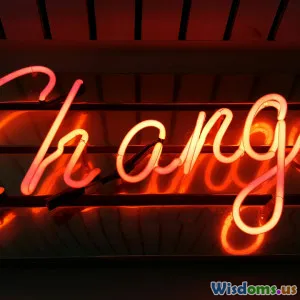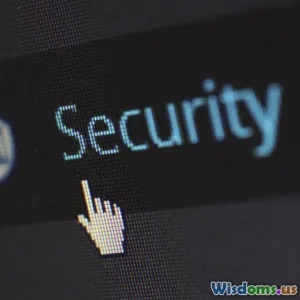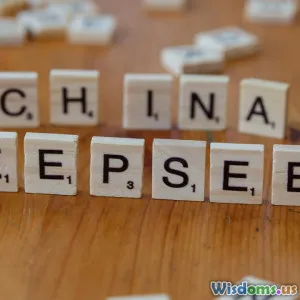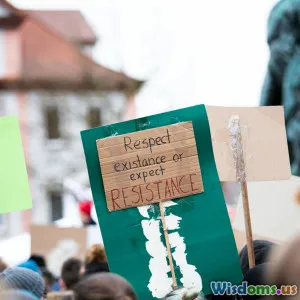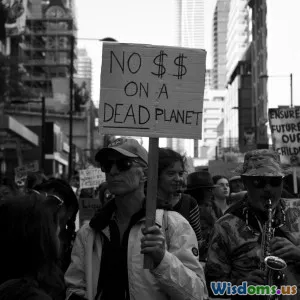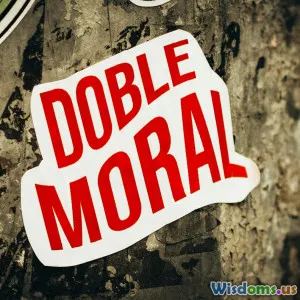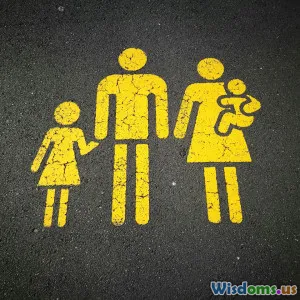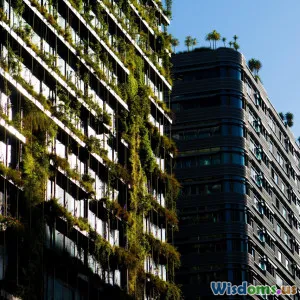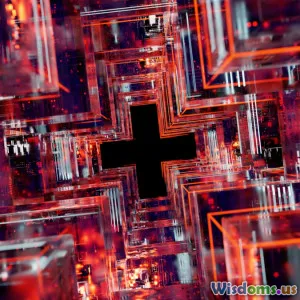
The Future of Art in a Digital World
7 min read Explore how digital innovation is transforming the art world, shaping the future of creativity and expression. (0 Reviews)
The Future of Art in a Digital World
In an era dominated by rapid technological advances, the landscape of art is undergoing a profound transformation. The confluence of creativity and technology is not just altering the way artists create, but also how audiences experience, buy, and value art. From blockchain-powered NFTs to immersive virtual reality exhibitions, the future of art in a digital world holds vast possibilities that challenge traditional notions of art itself and democratize creativity on an unprecedented scale.
Digital Technologies Revolutionizing Art Creation
The Rise of NFTs and Blockchain in Art
Perhaps the most talked-about phenomenon in recent years is the advent of Non-Fungible Tokens (NFTs). NFTs are unique digital assets verified using blockchain technology, often representing ownership of digital art pieces. Artists like Beeple have made headlines by selling digital artworks as NFTs for millions of dollars. For instance, Beeple's "Everydays: The First 5000 Days" sold for $69 million in 2021, showcasing how blockchain technology can create scarcity and provenance for digital creations, a paradigm shift in the art market.
NFTs not only grant artists new revenue streams but also empower creators by eliminating intermediaries like galleries, enabling direct engagement with collectors worldwide. Moreover, smart contracts embedded in NFTs ensure artists receive royalties from secondary sales, fostering ongoing income.
Artificial Intelligence as a Creative Partner
AI is increasingly becoming a tool for artists to extend creative boundaries. Algorithms can generate paintings, music, poetry, and even complex multimedia installations. Artists like Mario Klingemann harness AI to co-create with machines, producing dynamic artworks that evolve over time.
According to a report by Art Basel and UBS, art generated or augmented by AI gained significant traction in 2023, attracting collectors and raising questions about authorship and creativity. However, rather than replacing human creativity, AI serves as an inspirational partner, expanding the palette of artistic possibilities.
Transforming Art Consumption and Exhibition
Virtual and Augmented Reality Experiences
Digital art is no longer confined to screens or physical spaces. Virtual Reality (VR) and Augmented Reality (AR) have opened immersive pathways to experiencing art. Platforms like VRChat and Spatial enable virtual galleries, where visitors can walk through immersive exhibitions from anywhere in the world, breaking geographical and accessibility barriers.
For example, acute chronic's VR exhibit "Applied Delirium" blends holographic visuals and soundscapes, creating a multisensory journey that would be impossible in traditional galleries. Museums like The Smithsonian and MoMA increasingly offer AR tours, overlaying historical art information in real time.
Such innovations deepen audience engagement and enable new modes of storytelling, appealing especially to younger, tech-savvy demographics.
Democratization and New Marketplaces
Digital platforms have drastically democratized art access and distribution. Websites like DeviantArt and Behance allow emerging artists to showcase their portfolios to global audiences without gatekeepers. Coupled with social media, artists cultivate direct relationships with fans and buyers.
Besides NFTs, platforms like Foundation and SuperRare create professional marketplaces for digital art, making transactions secure and transparent.
Moreover, fractional ownership models allow collective investments in high-value artworks. This innovation expands art ownership beyond the elite, broadening participation and fostering inclusive cultural economies.
Challenges and Ethical Considerations
Copyright and Authenticity Issues
The digital art revolution also raises complex challenges. Digital art’s reproducibility complicates traditional copyright enforcement. Despite blockchain’s transparency, verifying the originality of art can be hindered by deep fakes and unauthorized copies.
Artists and institutions must navigate evolving legal frameworks to safeguard intellectual property while embracing innovation.
Environmental Concerns
Blockchain and NFTs implicate energy consumption concerns. For example, Ethereum’s proof-of-work consensus used by many NFT platforms was historically energy-intensive, leading to criticism.
In response, networks are shifting to more sustainable models, like Ethereum’s transition to proof-of-stake in 2022, reducing its carbon footprint by approximately 99.95% according to developers. Artists and collectors alike are becoming more conscious of ecological impacts when engaging with digital art.
Looking Forward: A Hybrid Artistic Ecosystem
The future of art in the digital world lies in a hybrid ecosystem blending physical and digital realms. The rise of "phygital" art, where physical artworks integrate digital components, exemplifies this trend. Artists such as Refik Anadol use data-driven installations that exist both physically and virtually, enriching audience interaction.
Educational institutions are incorporating digital art curricula into their programs, preparing artists for a technology-infused creative landscape.
Furthermore, decentralization trends may lead to community-based art projects driven by collective funding and governance via decentralized autonomous organizations (DAOs). This could foster novel means of collaboration and cultural production.
Conclusion
The digital revolution is rewriting the story of art—how it is created, shared, owned, and valued. Digital tools empower artists, dissolve traditional gatekeepers, and invite diverse audiences into participatory experiences. As technology advances, it is crucial that creators, collectors, and institutions thoughtfully embrace innovation that champions inclusivity, sustainability, and artistic integrity.
By understanding and engaging with these digital trends, both artists and art lovers can actively shape an inspiring future where creativity knows no boundaries.
Rate the Post
User Reviews
Popular Posts












